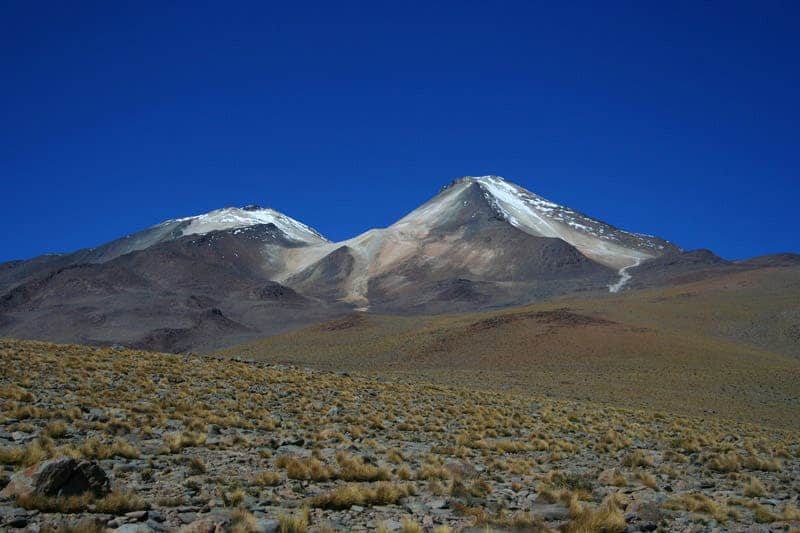An enormous dome was found deep in the Andes, on top of a massive magma store. There’s no reason to worry, it’s just surprising that we haven’t seen it until now.

Geological domes consist of symmetrical anticlines, bumps in the ground caused by geological activity or resulting during massive impacts. About 1 kilometer (3,300 feet) high and hundreds of miles across, this is one big dome. It also happens to be laying on top of a huge amount of magma, in the Andes.
“The dome is the Earth’s response to having this huge low-density magma chamber pumped into the crust,” says one of the team, Noah Finnegan from the University of California, Santa Cruz.
Considering its size, it’s interesting we haven’t seen it until now, but the Andes are the perfect environment to hide something of this magnitude. The dome is hidden within the Altiplano-Puna Plateau, an area with an average altitude of about 4,000 meters (2,400 miles). It stretches for about 2,000 km and is littered with small volcanoes similar in shape to the dome. Furthermore, the entire structure is located in the Central Andes, a huge mountain range. So it’s understandable how the dome, even with its huge size, can be lost in the landscape. But ultimately, Finnegan and the rest of the team found it using geophysical techniques.
They used seismic imaging to study the subsurface, a technique commonly used in oil exploration as well. Elastic waves are transmitted to the ground, and based on their reflection, researchers can estimate the nature, structure, and size of the subsurface. They were a bit surprised to see this dome with the Uturuncu Volcano sitting right in its middle.
“People had known about the magma body, but it had not been quantified that well,” says one of the researchers, Jonathan Perkins. “In the new study, we were able to show a tight spatial coupling between that magma body and this big, kilometre-high dome.”
Uturuncu is a dormant volcano, with its highest summit standing at 6,008 metres (19,711 ft) above sea level. The current belief (although this is still a matter of debate) is that when the Nazca oceanic plate subducted under the continental South American plate, this allowed some of the magma to seep into the crust. As it infiltrated the crust, the magma melted the rock around it and caused a swelling of the local topography. So understanding this process and the resulting structure could, in fact, give us some insight into the entire tectonic process of the area – one that gave birth to one of the most impressive mountain ranges on the planet, the Andes.
“This is giving us a glimpse into the factory where continents get made,” says Perkins.
“These big magmatic systems form during periods called magmatic flare-ups when lots of melt gets injected into Earth’s crust. It’s analogous to the process that created the Sierra Nevada 90 million years ago, but we’re seeing it now in real time.”
Journal Reference: Surface uplift in the Central Andes driven by the growth of the Altiplano Puna Magma Body.






